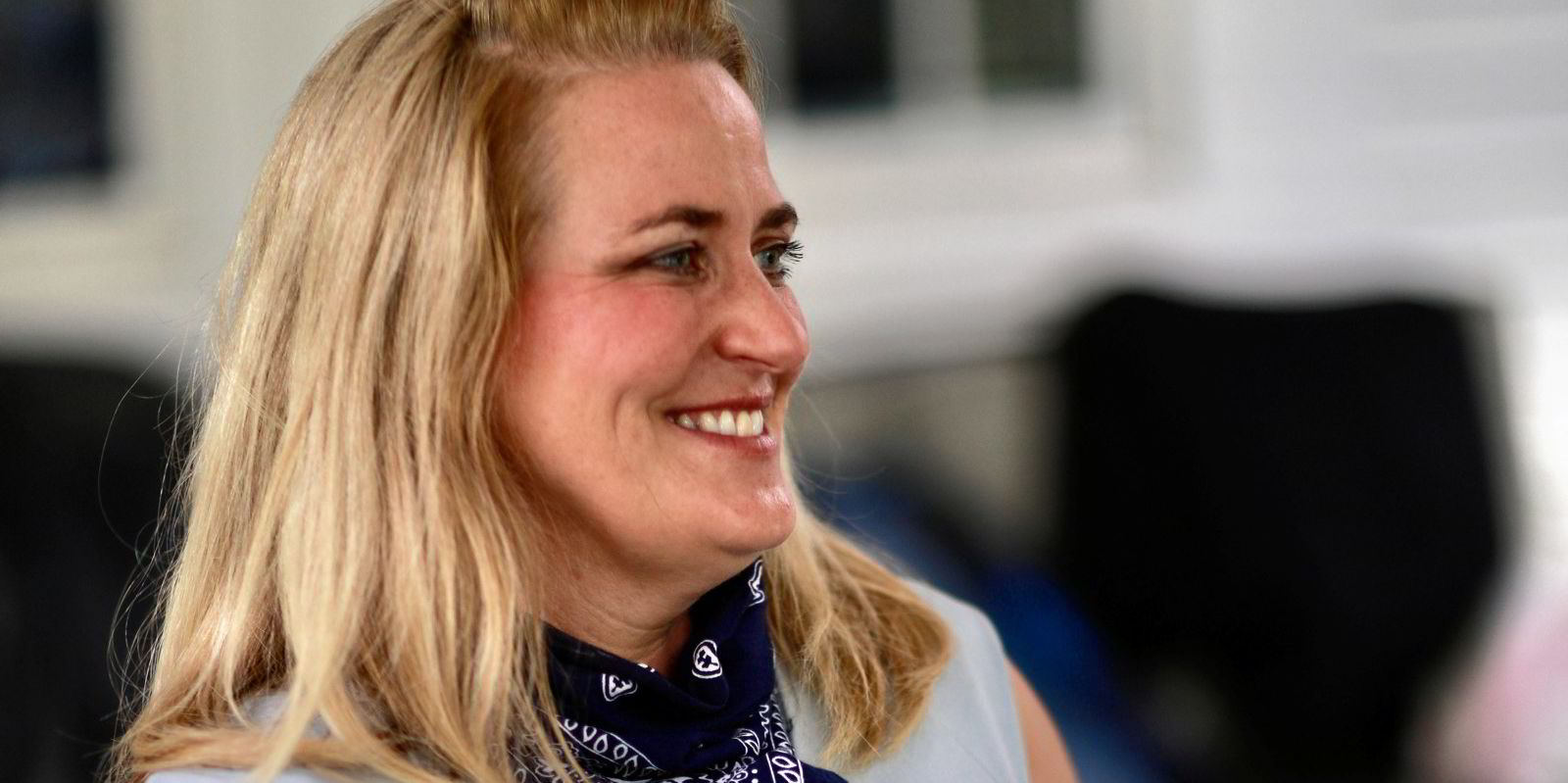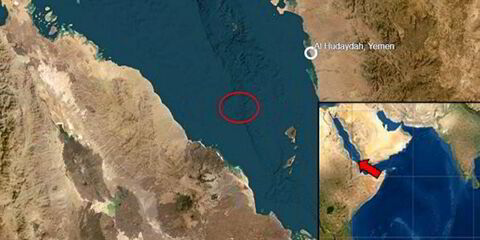International Seaways has seen its results fall to a loss in its first quarterly report after it swallowed up Diamond S Shipping, but the company delivered less red ink than analysts had expected.
The New York tanker owner reported a third-quarter loss of $67.4m, which included $38m in merger costs as well as impairment charges related to vessels that it sold. The figure reversed a $14m profit a year earlier.
But stripping out those one-off charges, the outfit delivered an adjusted net loss of $29.4m, somewhat less than the $37m predicted by analysts, according to data from Fearnley Securities.
The loss amounted to $0.63 per share, which bettered analysts' estimate of a $0.80 loss.
The company defied the "challenging market environment" for tankers to deliver adjusted Ebitda of $8m, when analysts expected the figure to show negative numbers.
That came on the back of revenue that fell to $84.8m, down from $99.9m in the third quarter of last year.
Operating expenses grew to $148m, compared with nearly $83.1m a year earlier.
The quarterly figures swelled the nine-month net loss to $99.5m, compared with a profit of more than $111m in the same period of 2020.
Bigger fleet
The results come after the shipowner completed a merger with Connecticut's Diamond S that swelled the fleet to what is now 92 owned and chartered-in vessels, including newbuildings. The transaction made International Seaways the second-largest US-listed tanker company by vessel count and third-largest by deadweight tonnage.
Chief executive Lois Zabrocky said the deal will allow the company to draw on enhanced scale, operating leverage and capabilities as the tanker market shifts into rebound mode.
"With our expanded footprint, we are ideally positioned to capitalise on a tanker market recovery during a time when global oil demand is growing, inventory destocking is nearing completion, refinery margins are improving and Opec production is increasing,” she said.
International Seaways drew encouragement from quarter-to-date bookings that have been better than third-quarter rates in almost every vessel category.
In VLCC category, International Seaways has booked 59% of spot days at $16,100 per day, easily topping the $10,700 seen in the third quarter.
| Quarter | Q3 2021 | Q3 2020 |
| Revenue | $84.8m | $99.9m |
| Operating expenses | $148m | $83.1m |
| Operating profit (loss) | ($57.1m) | $22.2m |
| Net income (loss) attributable to the company | ($67.4m) | $14m |
The New York-listed outfit booked vessel impairments as part of sales of ships acquired in the merger, made up of a VLCC, two panamaxes and seven MR tankers.
The shipowner also said it sold three more 2002-built panamaxes and a 2007-built handysize product tanker.
Liquidity advantage
Chief financial officer Jeff Pribor said the company has liquidity of $300m to help it operate and to take advantage of opportunities.
That comes after the shipowner confirmed a $375m deal with Ocean Yield last month to refinance six modern VLCCs that added $150m in liquidity.
The Ocean Yield deal was first reported by TradeWinds on 25 October and confirmed by International Seaways the following day.
It drew some enquiry on International Seaways' earnings call on Tuesday, with an associate of Stifel analyst Ben Nolan asking whether the move should be considered a defensive measure in a continued weak market on an opportunistic financing move.
Pribor pounced on the question.
"It's absolutely the latter — opportunistic," he said, adding: "One of the benefits of the Diamond S transaction is the chance to be opportunistic and look at some really attractive financing. This one ticked the boxes for us. Long-term financing, high loan-to-value, the covenants are harmonised [with existing ones] and diversifying our capital sources, which is important."
International Seaways disclosed that the financing is at 90% loan-to-value and at 405 basis points over Libor. Pribor said some of the funds would be used to pay down revolving credit facilities in a way that allows lower interest costs.




